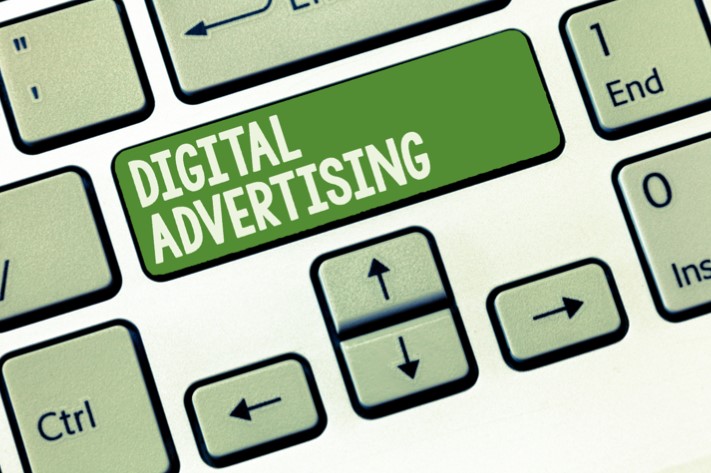The Latest Trends in Digital Advertising

Image via Dreamstime Royalty-Free Stock Images
Digital advertising has been a powerful tool for businesses to reach out to their target audience for many years now. As technology continues to advance, the landscape of digital advertising continues to evolve. Here are some of the latest trends in digital advertising that are shaping the industry.
Artificial Intelligence (AI) and Machine Learning (ML)
AI and ML are changing the game when it comes to digital advertising. These technologies allow for real-time analysis and optimization of campaigns, which can lead to increased efficiency and ROI. By using data to inform decisions, businesses can create more personalized ads that are tailored to specific audiences. This can help increase engagement and conversion rates.
One of the ways AI and ML are being used in digital advertising is through programmatic advertising. Programmatic advertising uses algorithms to buy and sell ad space in real-time. This means that ads can be targeted to specific users based on their behavior and preferences.
Video advertising
Video advertising has been around for a while, but it continues to grow in popularity. This is due in part to the rise of social media platforms like TikTok and Instagram Reels, which are heavily focused on video content. Video ads can be more engaging and memorable than other types of ads, which can lead to higher conversion rates.
One trend in video advertising is the use of short-form videos. These videos are typically less than 30 seconds long and are designed to be consumed quickly. They are often used on social media platforms and can be an effective way to grab the attention of users as they scroll through their feeds.
Voice search optimization
Voice search is becoming increasingly popular, thanks to the rise of smart speakers like Amazon Echo and Google Home. This means that businesses need to start optimizing their ads for voice search if they want to stay ahead of the curve. This includes using conversational language and focusing on long-tail keywords.
Voice search optimization can also help businesses improve their search engine rankings. By optimizing for voice search, businesses can increase their chances of appearing in voice search results, which can drive more traffic to their website.
Interactive advertising
Interactive advertising is a type of ad that allows users to engage with the content in some way. This can include quizzes, games, and polls. Interactive ads can be more engaging and memorable than traditional ads, which can lead to higher conversion rates.
One trend in interactive advertising is the use of augmented reality (AR). AR allows users to interact with virtual objects in the real world. This can be a powerful tool for businesses that sell physical products, as it allows users to see how the product would look in their own environment.
Influencer marketing
Influencer marketing has been around for a while, but it continues to be an effective way for businesses to reach out to their target audience. Influencer marketing involves partnering with individuals who have a large following on social media. These individuals can then promote the business’s products or services to their followers.
One trend in influencer marketing is the use of micro-influencers. Micro-influencers have smaller followings than traditional influencers, but they often have a more engaged and loyal audience. This can make them a more effective choice for businesses that are targeting a specific niche.
Personalization
Personalization has been a buzzword in digital advertising for a while, but it continues to be an important trend. Personalization involves tailoring ads to specific individuals based on their behavior and preferences. This can help increase engagement and conversion rates.
One trend in personalization is the use of dynamic ads. Dynamic ads allow businesses to create multiple versions of an ad, each tailored to a specific audience segment. This can help ensure that the right message is being delivered to the right people.
Privacy
Privacy has become a growing concern in the digital advertising industry. With the rise of data breaches and privacy scandals, consumers are becoming more aware of how their data is being used by businesses. This has led to increased regulations and a push for more transparency in the industry.
One trend in privacy is the use of contextual advertising. Contextual advertising involves targeting ads based on the content of the webpage or app that the user is viewing, rather than their personal data. This can be a more privacy-friendly approach that can still be effective for businesses.
Another trend in privacy is the use of first-party data. First-party data is data that businesses collect directly from their customers, such as through website visits or purchases. This data is often more accurate and reliable than third-party data, which is purchased from data brokers.
Conclusion
In conclusion, the digital advertising industry is constantly evolving, and businesses need to stay on top of the latest trends if they want to remain competitive. By embracing these trends and adapting to the changing landscape, businesses can create more effective and engaging digital advertising campaigns that reach their target audience.
